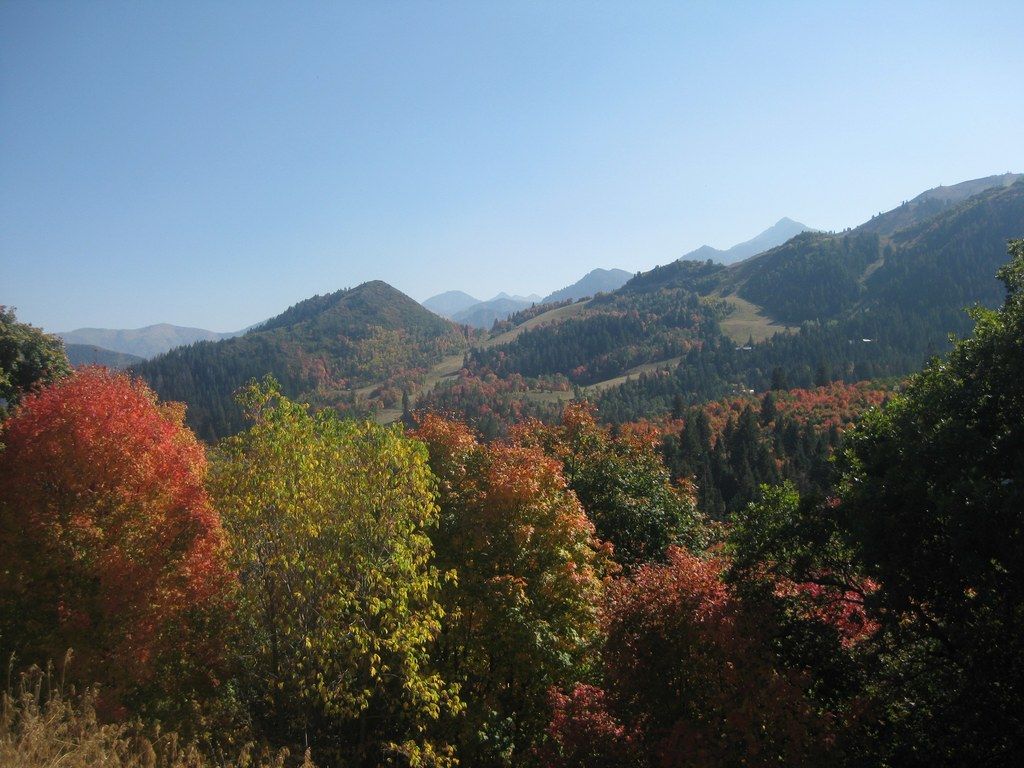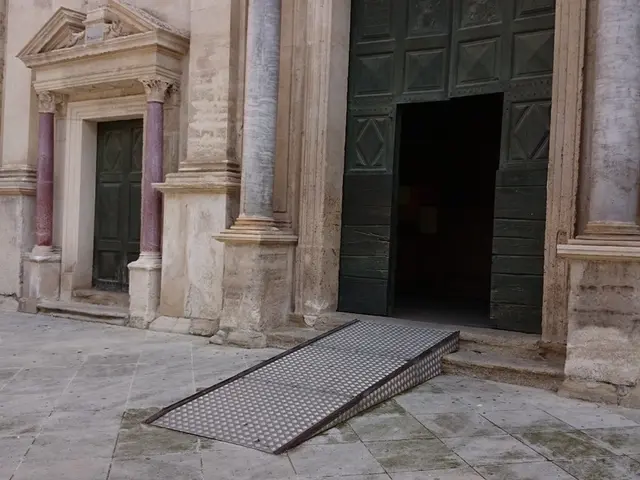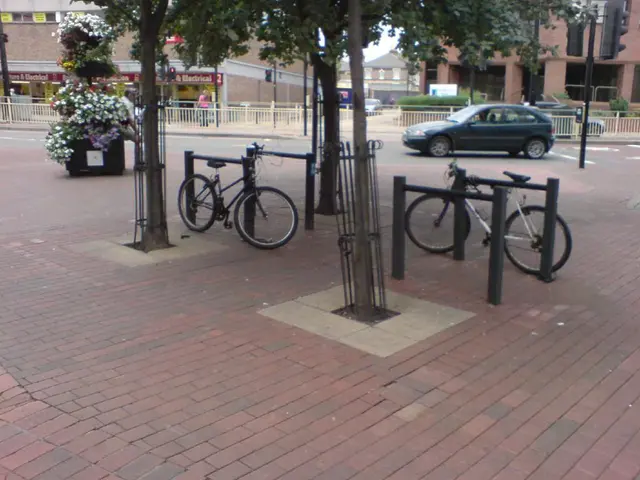Italy grapples with survival challenges
A Haunting Familiarity
5 minutes of scrolling
I've heard it, the lament of emptiness. It's loudest during winter. When every window seems to sing with the wind in some long-abandoned home. That's when the wind becomes the voice of emptiness. Of families and communities that have vanished. I've witnessed this exodus firsthand. Leaving the Sannio hills, the hills of my youth, was my own contribution to it. I recognized this dwindling, this thinning out of the villages. In these years, I've seen fewer faces on the walls of the corso, the place where I used to gather with friends. I've watched schools shrink, once bustling with three sections merge into one building. I've felt the chill of an empty ATM in front of a now-walled bank, and too often, I've heard of farmers choosing to let their ripe fruits fall.
This process has been ravaging small municipalities, particularly mountain towns, for a while now. Italy hangs on desperately, trying not to fade away. An aging world that wrestles with inadequate transport, dwindling services, a rising average age, and a lack of professional prospects is Italy's struggle. Yet, it can boast a strong sense of belonging and the allure of a different quality of life compared to cities. A longing that's become more poignant and, fueled by some initiatives, might translate into a reversal of the current trend. Or at least slow the current exodus of inhabitants, albeit with ups and downs, since the post-war period.
For Those Curious
The numbers tell a harsh story: in Roio del Sangro, in the province of Chieti, or in Marcetelli, in the Rieti area, depopulation has reached above 80%; but there are 115 villages that, between 1971 and 2015, according to Istat, have lost more than half of their inhabitants: from Castelmagno (in Piedmont) to Bagnoli del Trigno (in the province of Isernia), passing through the Abruzzo Secinaro; from Ligosullo (in Friuli-Venezia Giulia) to Staiti (in Calabria); to Padru (Sardinia) to Fondachelli (Sicily). Young people flee earlier; parents, sometimes, follow suit, and suddenly, those houses feel too big. Then, all that remains in those buildings is the memory of those who lived there.
In my town, stories of departures are everywhere. "Don Mario's house," the family doctor of generations ago, now enveloped in silence save for whispering swallows; the once-lavish palace of "the Turin lady," rarely opening its windows; and the "director's house," wilted but still standing, with the family long vanished. I could walk down each street and find tales, differing but familiar, of goodbyes. "It's the State itself that is retreating from these territories," President Sergio Mattarella has lamented. The State, with its inability to preserve the soul of Italy, made up of its eight thousand bell towers, haunts the towns hit by earthquakes even more severely. Then, it's often the mayors or entrepreneurs who try to turn limitations, like isolation, into opportunities.
A Deeper Look
Italy's depopulation crisis is fueled by several factors, including low birth rates, emigration, and an aging population. Activity in the labor market and immigration policies can help alleviate these issues. Infrastructure, services, and education also play crucial roles in retaining residents and attracting new ones to rural areas. However, regional data is not readily available to provide specific insights into areas with the highest levels of depopulation. Reversing the trend requires a comprehensive approach that considers multiple factors.
- Despite the haunting familiarity of empty homes and dwindling communities, some initiatives offer a glimmer of hope, trying to transform the challenges of transportation and lifestyle in countryside Italy into unique home-and-garden experiences that attract people, potentially reversing the current exodus of inhabitants.
- In the struggle against inadequate transport, dwindling services, a rising average age, and a lack of professional prospects, many rural Italian municipalities are striving to recreate an allure that offers a different quality of life compared to bustling cities, rooted in strong sense of belonging and thriving home-and-garden scenes.





